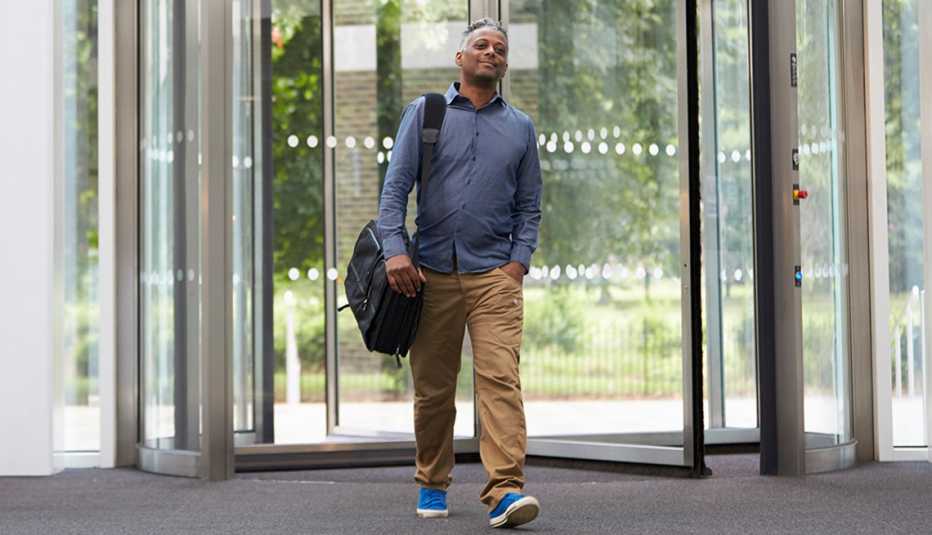AARP Hearing Center


With the end of the COVID-19 public health emergency on May 11, many companies that have been working remote or hybrid during the pandemic are now asking employees to return to the office. Companies ranging from Microsoft and Google to American Express and local small businesses already have welcomed employees back to their (in-office) desks either full or part time.
But heading back to the office requires some adjustments for many employees. If you’re returning to the office on either a full-time or hybrid schedule, here are 10 ways to prepare yourself for the change.
1. Get to know your company's COVID policies
Even before the end of the public health emergency, employers had eased many of the safety precautions that were put in place at the peak of the pandemic, such as mask use and vaccine mandates. But that doesn’t mean your office will be exactly like it was before March 2020. Your office likely has undergone a number of changes since the pandemic began, says Stefanie Heiter, founder and CEO of Bridging Distance, a workplace consultancy. From how your desks are arranged to allow for social distancing to the equipment you’ll use for meetings in the conference room, it’s important to talk to your managers or human resources (HR) department to get a sense of what will be different now.
2. Check on your physical fitness
Some folks used the pandemic as an opportunity to embrace health and fitness. And others used it as an opportunity to embrace sweatpants and Netflix. Either way, commuting to and being in the office all day is going to require some physical endurance that you may not have maintained at home, says longevity expert Michael Clinton, author of Roar Into the Second Half of Your Life.
Of course, it’s important to check with your physician before starting any exercise regimen. But think about the walking and physical strength you’ll need for your job and commute and think about what you’ll need to do get ready for your days.
3. Remember what you put in your pockets or purse
Wallet. Glasses. Mask. Keys. Lip balm. Company ID. Phone. It’s time to get used to going through your personal checklist again to be sure you have what you need to get through your day, Heiter says. Get reacquainted with your essentials, how you carry them, and how you ensure you haven’t forgotten anything. What may have been a habit a year or two ago may now require some attentiveness.
While you’re at it, Clinton suggests thinking about the habits you’ve adopted while working from home to keep your household running smoothly and how those things will get done when you go back to working in the office. Chores like throwing in a load of laundry or two during the day, using a break for meal prep or even tidying up on your lunch hour were easier to do when you were home all the time. Now you need a new plan to keep the house in order.
































































More From AARP
Why 50-Somethings Are Changing Careers
For many Gen Xers, changing priorities means changing ambitions at work
10 Job Resolutions to Make in 2023
Building skills and taking vacation time can boost your career in the new year
10 Ways to Deal With Distractions in the Office
Tips for handling interruptions you don’t have working from home